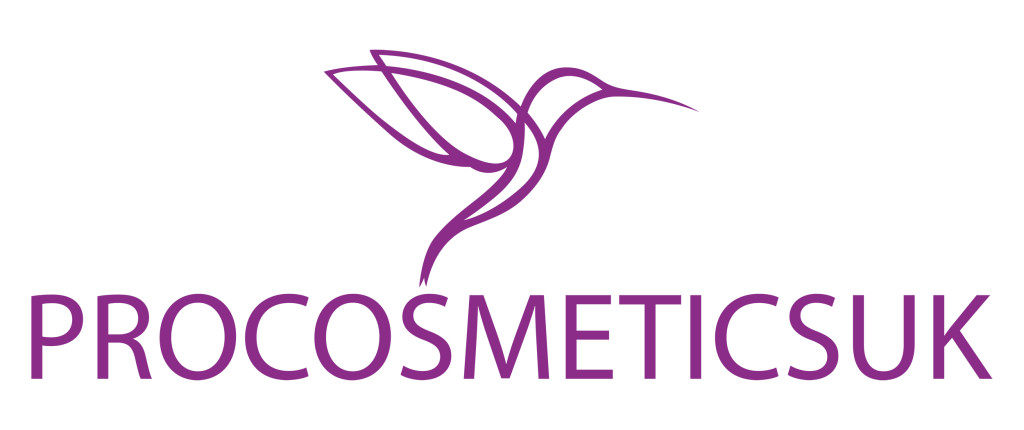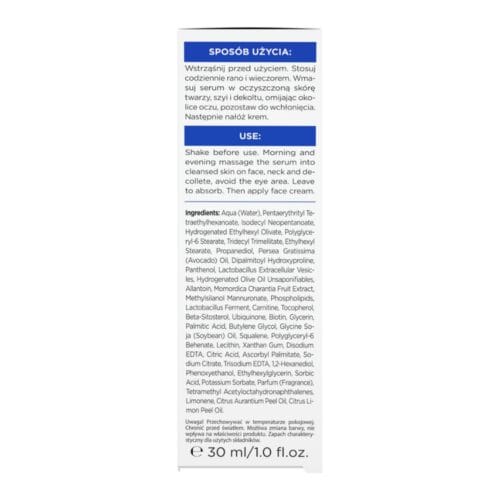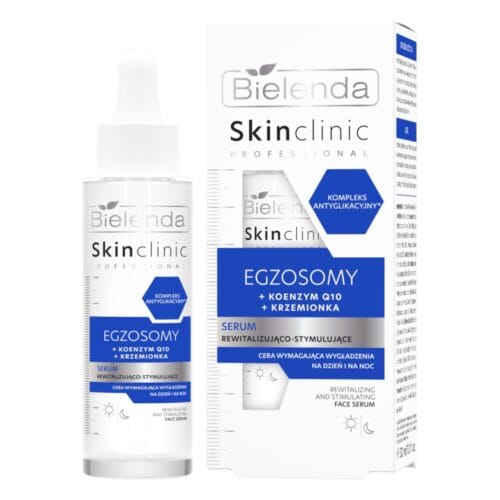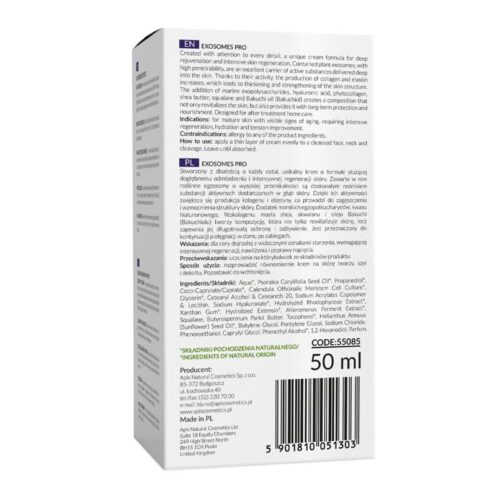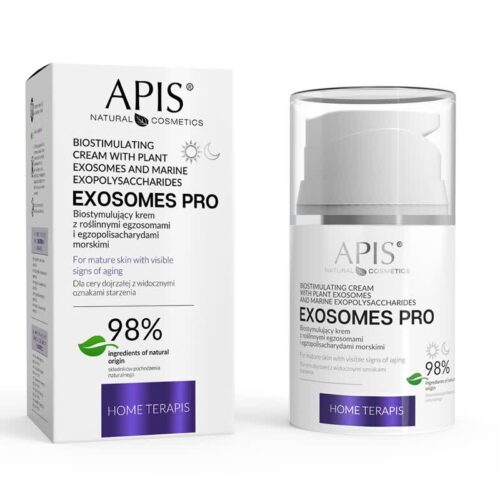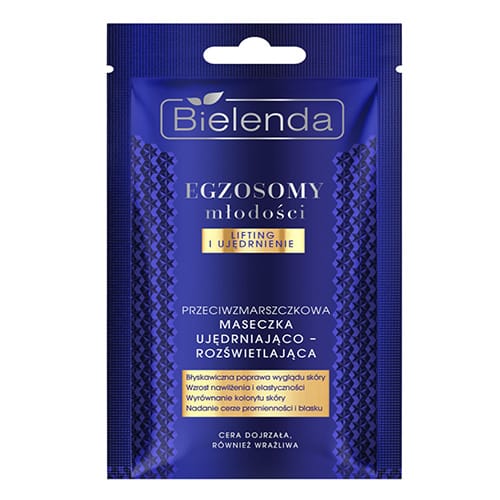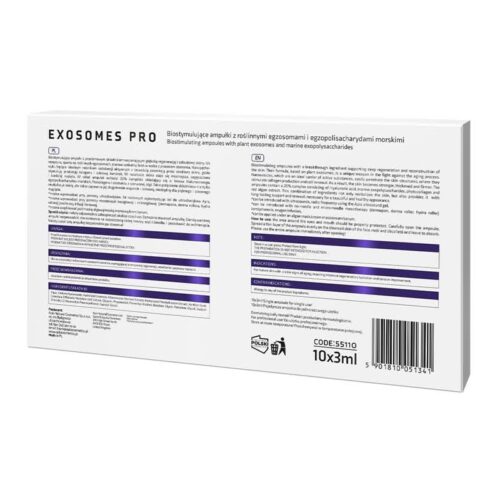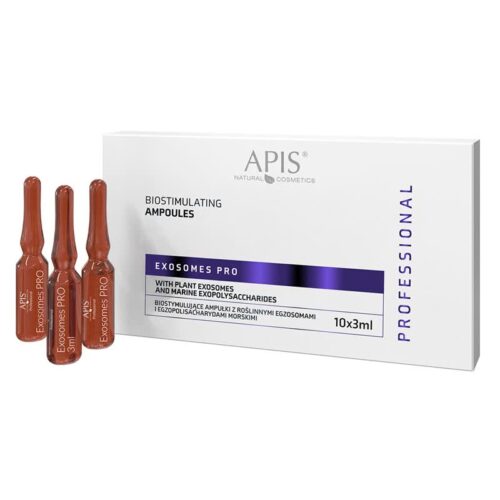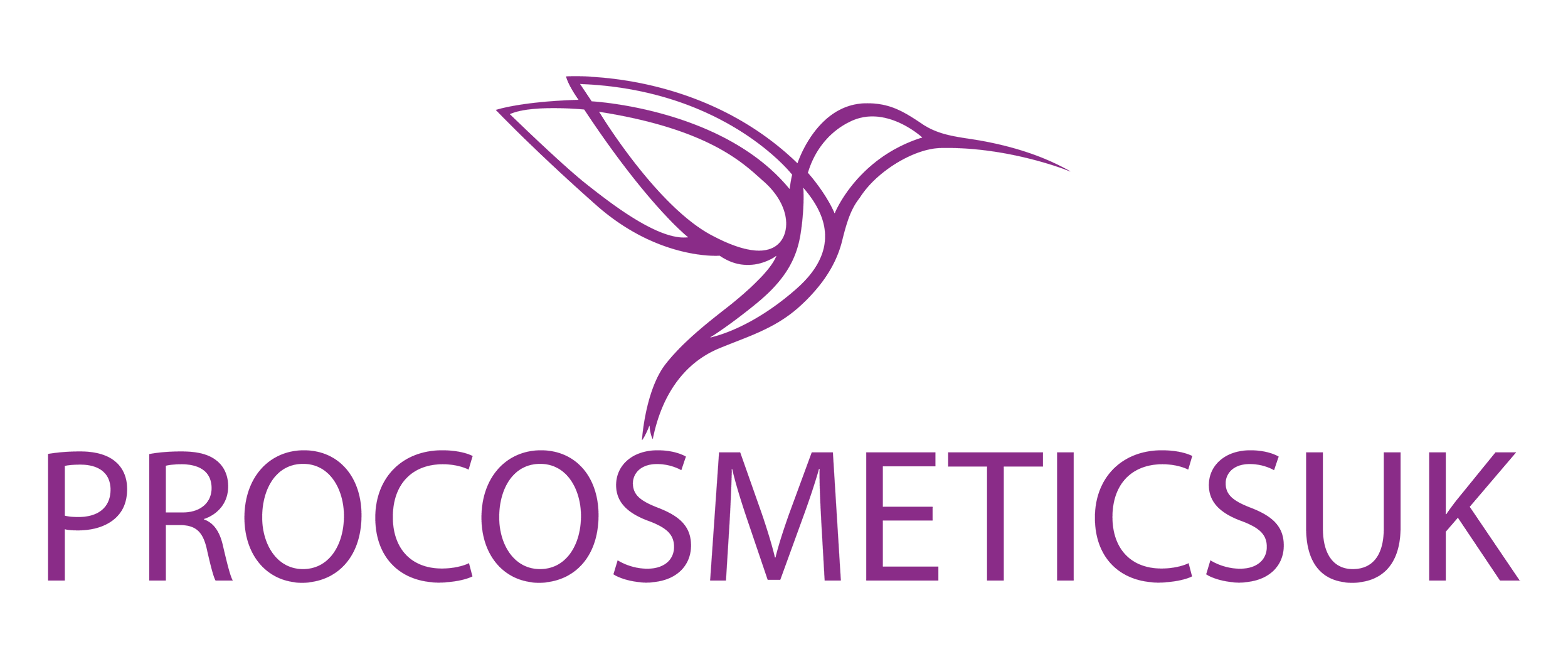If you’ve been keeping an eye on cutting-edge skincare innovations, there’s one word you’ve likely come across more frequently: Exosomes. Once reserved for medical and regenerative research, exosomes are now making their way into advanced skincare — and for good reason.
With the ability to support skin repair, stimulate collagen, and improve overall skin health, exosomes are positioning themselves as a game-changing ingredient in the world of professional aesthetics.
What Are Exosomes?
Exosomes are tiny, naturally occurring vesicles (or bubbles) secreted by nearly all cells in the body. Think of them as microscopic messengers — they carry important information in the form of proteins, lipids, and genetic material (like RNA) between cells, helping to coordinate healing, regeneration, and communication across tissue.
In skincare, exosomes are usually derived from human stem cells or plant sources, and their role is to trigger the skin’s natural repair functions, particularly those related to ageing, inflammation, and environmental stress.
What Do Exosomes Do for the Skin?
Exosomes aren’t a trend — they’re based on well-established science. When applied topically, they can influence key biological processes that contribute to healthier, more resilient skin.
1. Stimulate Collagen & Elastin Production
Exosomes help activate fibroblasts — the skin’s collagen-producing cells. This results in firmer, more elastic skin and a visible reduction in fine lines and wrinkles.
2. Accelerate Skin Repair
They promote cellular regeneration by delivering growth factors and healing signals to damaged skin. This makes them useful post-procedure (like microneedling or laser), as well as for everyday barrier repair.
3. Reduce Inflammation & Redness
Because they influence immune responses, exosomes may help modulate inflammation — which is key in treating sensitive, irritated, or acne-prone skin.
4. Improve Skin Texture & Tone
Over time, consistent use of exosome-rich products has been shown to improve roughness, dullness, and uneven pigmentation by encouraging cell turnover and repair.
Are Exosomes Safe to Use?
So far, research indicates that exosomes used in topical skincare (especially those derived from non-human, non-animal stem cells like plants or yeast) are well-tolerated by most skin types. However, as with any active ingredient, sensitivity can occur.
It’s important to note that:
- The source of the exosomes matters. Reputable brands use clinically standardised extraction methods to ensure safety and consistency.
- Some formulations may combine exosomes with other actives (like growth factors or peptides), which could cause irritation in sensitive users.
As always, patch testing and professional guidance are advised — particularly when introducing them into post-treatment care.
How to Incorporate Exosomes Into Your Skincare Routine
Exosomes are best used when the skin is in its most receptive state — after cleansing and exfoliation, or following in-clinic procedures like microneedling, LED, or fractional laser.
Here’s how to use them:
- Serum Step: Most exosome-based skincare comes in serum or ampoule form. Apply after cleansing and before heavier moisturisers or SPF.
- Post-Procedure: Apply immediately following clinical treatments to accelerate healing and reduce redness.
- Evening Use: Because exosomes support regeneration, they’re especially effective when used as part of a night routine.
You can use them daily or 2–3 times a week depending on the formula strength and your skin’s needs.
Final Thoughts
Exosomes represent a new era in skincare — one focused not just on treating the surface, but on communicating with skin at a cellular level. Their ability to stimulate collagen, promote healing, and calm inflammation makes them one of the most promising innovations in regenerative aesthetics.
Whether used after professional treatments or as part of an advanced home care routine, exosomes are a future-facing ingredient worth watching — and investing in.
